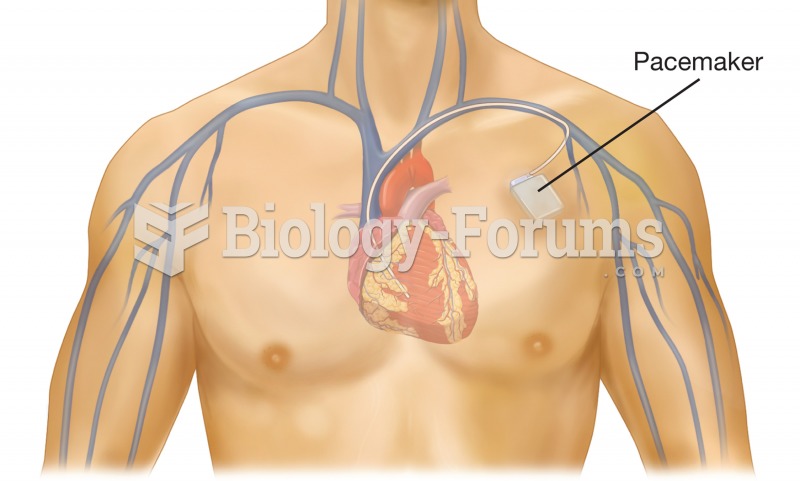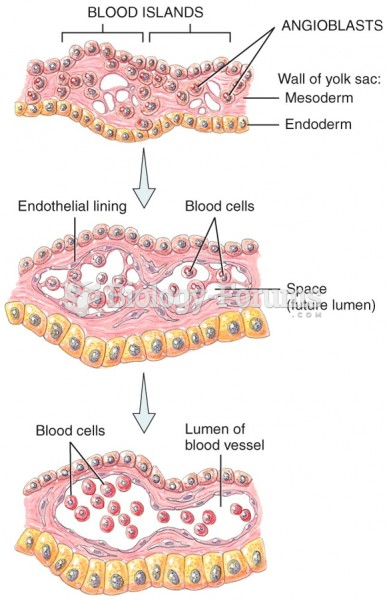Answer to Question 1
ANSWER: Cold advection brings cold air into a trough, which makes the air denser and lowers the height of the air column from the surface up to the 500-mb level. Consequently, the pressure in the trough lowers and the trough deepens. The deepening of the upper trough causes the contour lines to crowd closer together and the winds aloft to increase. Meanwhile, warm advection has the effect of raising the height of a column of air; here, the 500-mb heights increase and a ridge builds (strengthens). As the trough aloft deepens, its curvature increases, which in turn increases the region of divergence above the developing surface storm. At this point, the surface mid-latitude cyclone rapidly develops as surface pressures fall.
Answer to Question 2
ANSWER: Any development or strengthening of a mid-latitude cyclone is called cyclogenesis. Certain regions of North America show a propensity for cyclogenesis, including the Gulf of Mexico, the Atlantic Ocean east of the Carolinas, and the eastern slope of high mountain ranges, such as the Rockies and the Sierra Nevada. As westerly winds blow over a mountain range, the air expands vertically on the downwind (lee) side, which can help intensify any pre-existing areas of low pressure. Troughs and developing cyclonic storms that form in this manner are called lee-side lows and their development, lee cyclogenesis. Another region of cyclogenesis lies near Cape Hatteras, North Carolina, where warm Gulf Stream water can supply moisture and warmth to the region south of a stationary front, thus increasing the contrast between air masses to a point where storms may suddenly spring up along the front. These cyclones, called northeasters or noreasters, normally move northeastward along the Atlantic Coast, bringing high winds and heavy snow or rain to coastal areas.







